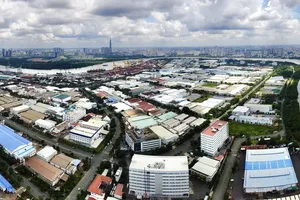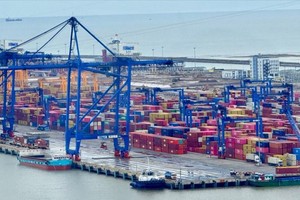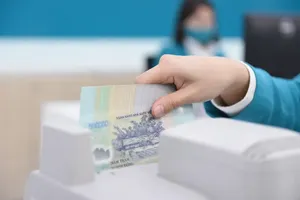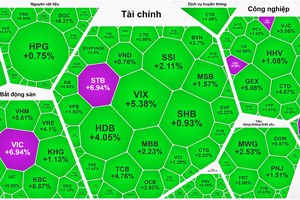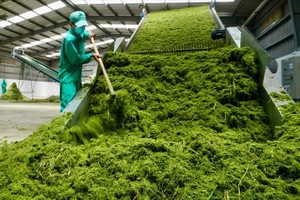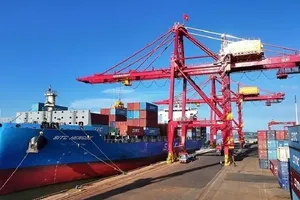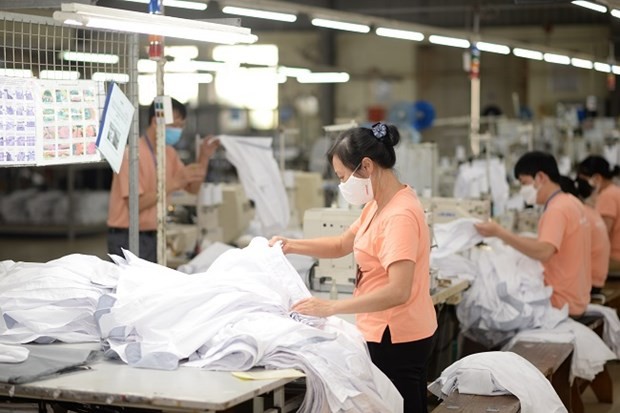 |
Domestic textile and garment enterprises are striving to maintain production to ensure stable jobs and income for workers.(Photo: VNA) |
The October figures saw an improved from the previous month, with footwear increasing 30.3% to US$1.7 billion. The garment shipments dropped only 0.1% month-on-month to US$2.57 billion.
According to Duong Thuy Linh, Deputy General Secretary of the Vietnam Cotton and Spinning Association (VCOSA), the difficulty was not unique to the garment and textile industry of Vietnam.
Global exports dropped due to a decrease in global demand driven by geopolitical tensions, rising inflation in major markets such as the US and the EU, and tightened monetary policy in a number of countries. These moves forced global consumers to trim spending.
Meanwhile, market requirements for sustainability standards were becoming more stringent, along with fierce competition from other exporters such as Bangladesh and Myanmar, resulting in fewer and smaller orders.
Linh said that many textile companies were forced to narrow the production scale to 50-80% from the end of last year to the second quarter of this year. However, a slight recovery started from July with most producers resuming full capacity.
VCOSA forecasts that challenges will remain for the garment and textile industry of Vietnam as low consumption demand will persist in 2024.
The association projected that the export value will be around US$40 billion this year, a drop of 10% compared with the previous year.
Linh emphasised that the worst is over, adding that with efforts of the Government and businesses, as well as increased market demand during major year-end holidays, it is expected that the billion-dollar export industry will recover in the near future.
According to VCOSA, the consumer price index (CPI) for 2023 estimated at 3.2-3.6% will help stabilise inflation, retain people’s income and avoid purse tightening. Lending rates have been reduced to support enterprises, it said, adding that GDP growth projected at 5% is also a great effort of the government to provide a stable environment for businesses so as to maintain production and overcome difficulties.
Linh pointed out that Vietnam’s garment industry still had a competitive advantage in terms of labour cost. The industry also benefited from new-generation free trade agreements (FTAs) Vietnam signed with major markets.
Although local producers face difficulties in meeting sustainability standards, there are good signals as several fiber producers meet international standards such as Global Recycle Standard, Oeko-Tex and BCI. They are switching to using organic cotton, natural fibers and renewable energy in production, she said.
Economic expert Huynh Thanh Dien said that recent forecasts of big organisations like the International Monetary Fund and the World Bank were better for global economic growth, laying the foundation for optimism about the recovery of consumption demand in major markets.
He went on to say that new trends are emerging in a new economic cycle, thus enterprises are urged to be proactive in grasping these opportunities.
Major markets such as the EU are strengthening the application of high requirements and standards on green and sustainable development, Dien said, adding that these are challenges but also opportunities for enterprises to make breakthroughs.
